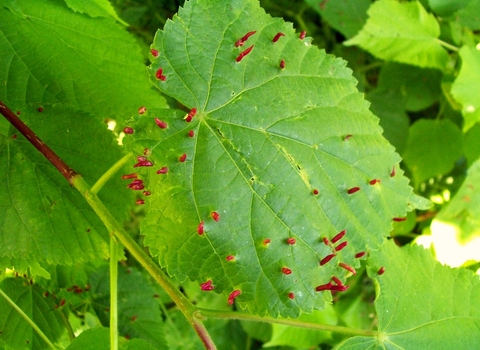
©anemoneprojectors
Common lime
The common lime is a tall, broadleaf tree that is a natural hybrid between the Large-leaved and Small-leaved Limes. It can be seen in a variety of habitats, and has been widely planted along roads and in parks.

©anemoneprojectors